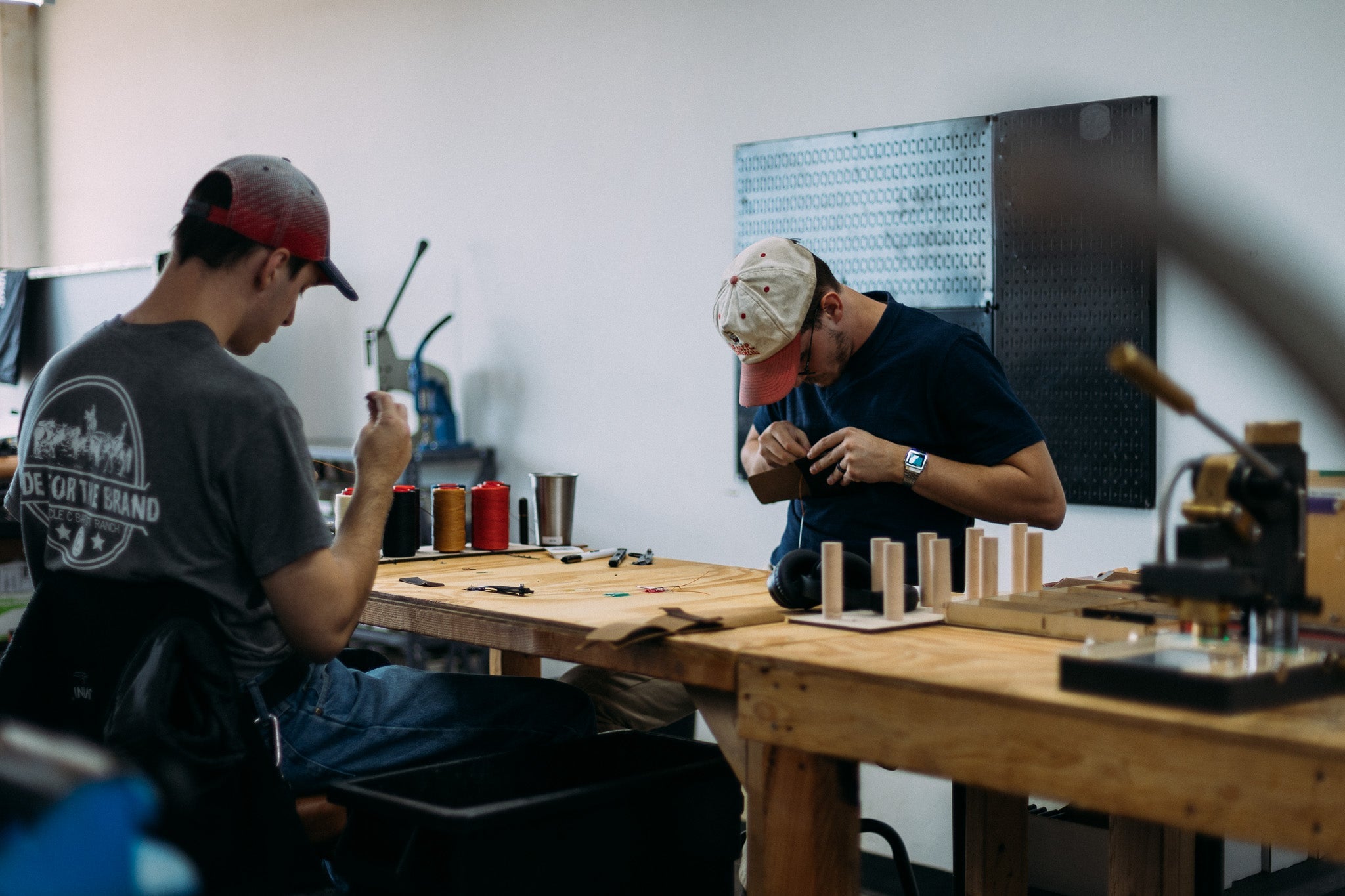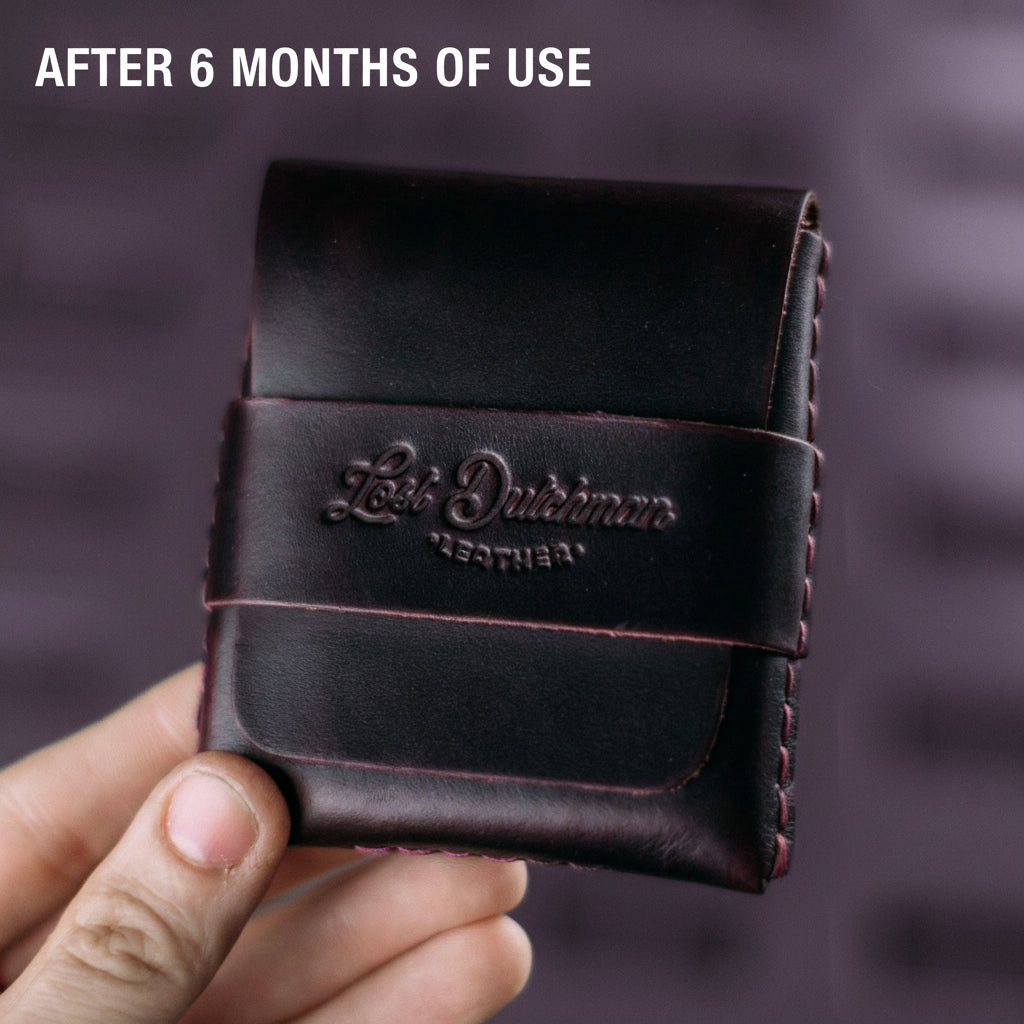
A Day in the Life of a Leather Artisan
The beauty of a handcrafted leather wallet, a sturdy belt, or a simple card holder lies not only in the finished product but also in the hours of skill, patience, and thought poured into it. Every cut, every stitch, and every polish is part of a rhythm that has been repeated for centuries, though always with the maker’s unique touch. To glimpse the daily life of a leatherworker is to understand that craftsmanship is not a job but a way of living, a steady balance of creativity, discipline, and business acumen.
Unlike a factory production line, a leather artisan’s workday is fluid and purposeful. Each morning begins with preparation, the day unfolds with a series of tactile tasks, and every evening ends in reflection. It’s not only about making products; it’s about making meaning.
Beginning the Day: Rituals of Readiness
Before the first tool touches the hide, the day is shaped by ritual. The early hours are quiet, free from distraction, and ideal for planning. Some artisans start with strong coffee; others find calm in silence before the tools begin to ring. There’s an almost meditative quality to these moments, setting the tone for the rest of the day.
A clean, orderly workspace is essential. Tools are sharpened, hides are checked, and materials are laid out with care. It may seem simple, but preparing in this way prevents interruptions later. An artisan knows that a sharp awl, a precise knife, and the right piece of full-grain leather can make the difference between a good product and an heirloom.
This stage is not just about physical readiness. It’s about entering a mindset where patience, attention, and pride are the guiding principles.
Setting the Workshop in Motion
The workshop is the artisan’s sanctuary. The rich aroma of leather, the subtle notes of natural oils, and the neatly arranged tools invite focus. It is a space that honours tradition yet adapts to modern needs.
Before the cutting begins, orders are reviewed. A quick scan of messages ensures customers are cared for and their requests are clear. This could mean a wallet customised for a particular card arrangement, a belt sized for a precise fit, or a new commission for a gift. Starting with clarity allows the hands to focus entirely on the craft.
Once the groundwork is in place, the real work begins. Some days are dedicated to a batch of wallets; others to belts or home accessories like The Catch-All. Regardless of the project, the rhythm is the same: measure, cut, prepare, stitch, finish. Each stage is deliberate, each movement informed by years of practice.
The Heart of the Craft: A Tactile Journey
Working with leather is a tactile dialogue. The hide responds to the artisan’s hand, yielding under the blade, tightening under the stitch, softening with burnishing. The leather artisan day in the life is filled with these quiet exchanges.
When cutting pieces for a wallet, precision is everything. Symmetry ensures balance. Conditioning follows, restoring suppleness to the hide. Stitching, often by hand, is slow but immensely satisfying. The saddle stitch, used in many of the brand’s bifold wallets, is stronger than machine seams and has been relied upon for centuries.
The soundscape is as much a part of the experience as the visuals: the steady tap of a mallet, the scrape of an edge beveler, the hum of a polishing cloth. These sounds speak of continuity; they are the same sounds that echoed through workshops generations ago.
Managing Orders and Creating New Designs
No two days look the same. Some are devoted to fulfilling custom commissions, others to experimenting with fresh designs. The balance between production and creativity is what keeps the work fulfilling.
Batch work is a common approach. For example, preparing a run of card holders might start with an entire morning of cutting, followed by a period of edge preparation, and then a full afternoon of stitching. This rhythm allows for efficiency without sacrificing quality. Each product is given the same attention, yet the flow keeps momentum strong.
Design work often emerges in quieter moments. A new fold, a different stitch angle, or a unique colour combination can inspire the next product. Here, imagination meets discipline; an idea must be tested, refined, and executed to stand alongside proven designs.
The Business Behind the Craft
A leather artisan is not only a maker; they are also a business owner. The daily life of a leatherworker includes hours spent away from the bench, focusing instead on customers, communication, and growth.
Updating the online shop, photographing new goods, and writing descriptions that capture the spirit of each product are all vital tasks. A good description is more than features and dimensions. It conveys the ethos: why the leather was chosen, how the piece was made, and what makes it unique. For example, a belt is not just a strap of leather; it is the Belt, designed to withstand decades of wear, softening with time while holding its strength.
Customer care also takes priority. Answering enquiries, helping buyers choose the right wallet, or ensuring someone receives a custom order on time are as much a part of the craft as cutting and stitching. It reinforces trust, reminding people that each product is not only made by hand but backed by genuine dedication.
Marketing is another piece of the puzzle. Sharing behind-the-scenes glimpses on social media, the cut of a hide, the sheen of a polished edge, and the first test of a new design helps connect with those who value craftsmanship. It’s storytelling, but with pictures and process rather than words alone.
Reflections and the Evening Close
When the tools are put down and the workshop tidied, the day shifts into reflection. What was accomplished? What went smoothly? What could be improved? These questions guide progress. Each day brings lessons: a new technique mastered, a mistake corrected, a subtle improvement in efficiency.
The act of cleaning the bench, sweeping the floor, and sharpening tools for tomorrow is not just practical. It signals closure, creating a sense of completion. Tomorrow, the cycle will begin again, but today’s efforts are done.
Anecdotes of Craft and Connection
The most meaningful moments often come not from the bench but from customers. A man once wrote to say he had replaced his father’s worn wallet with one from our wallets collection. The new piece, he said, felt like a continuation of a legacy rather than a replacement. That kind of connection cannot be mass-produced.
Another customer shared how his Catch-All tray became a small family ritual. Each evening, he emptied his pockets into it, and his children would peer in, curious about what he carried each day. Over time, the tray became more than storage; it became a symbol of daily life, marked with the patina of use and memory.
These stories show that leather goods are not just objects. They are companions that age, adapt, and record a life well-lived.
The Rewards and Challenges of the Craft
The work is demanding. Leather is unforgiving, and mistakes mean starting over. Hours of effort can be undone with a single slip of a blade. Yet this challenge is also the reward. To see a finished wallet or belt, stitched and burnished to perfection, is to hold proof of perseverance.
Like seasoned oak furniture that gains depth with each passing year, leather too matures beautifully. The artisan’s reward lies not only in making the piece but in knowing it will continue to grow in character long after it leaves the workshop.
Final Thoughts: Living the Craft
The leather artisan's day in the life is not glamorous, nor is it easy. It is a steady rhythm of discipline and dedication, equal parts art and business. Each morning begins with preparation, the day is spent balancing craft and commerce, and the evening closes with reflection.
But the real story lies in the products themselves. A wallet that will be carried for decades, a belt that will outlast trends, or a card holder that becomes part of someone’s daily ritual, these are the true rewards.
For those who wish to see the full range of goods created through this dedication, explore the collections of Lost Dutchman Leather. And for custom enquiries, questions, or collaborations, the team is always ready to get in touch.

